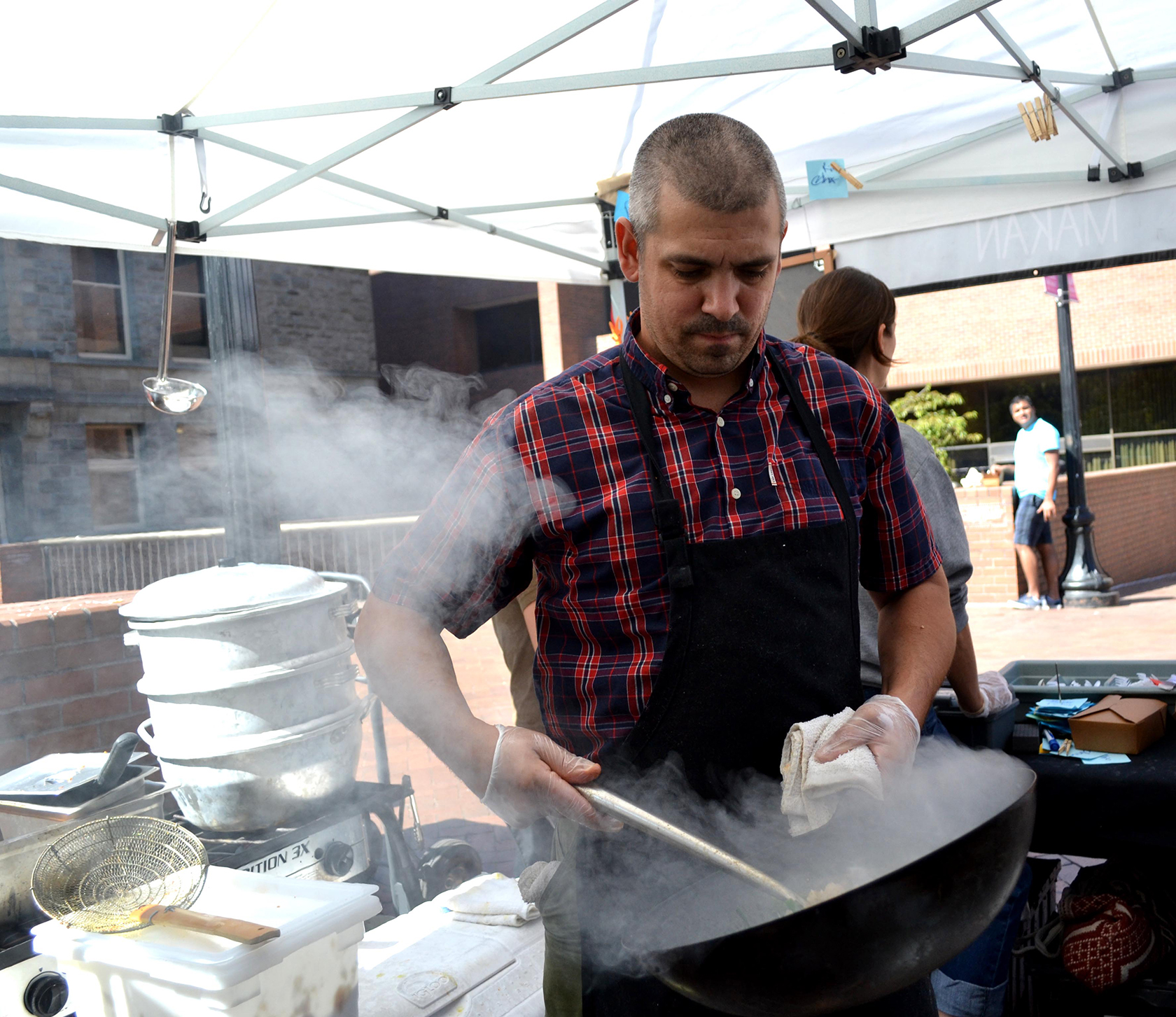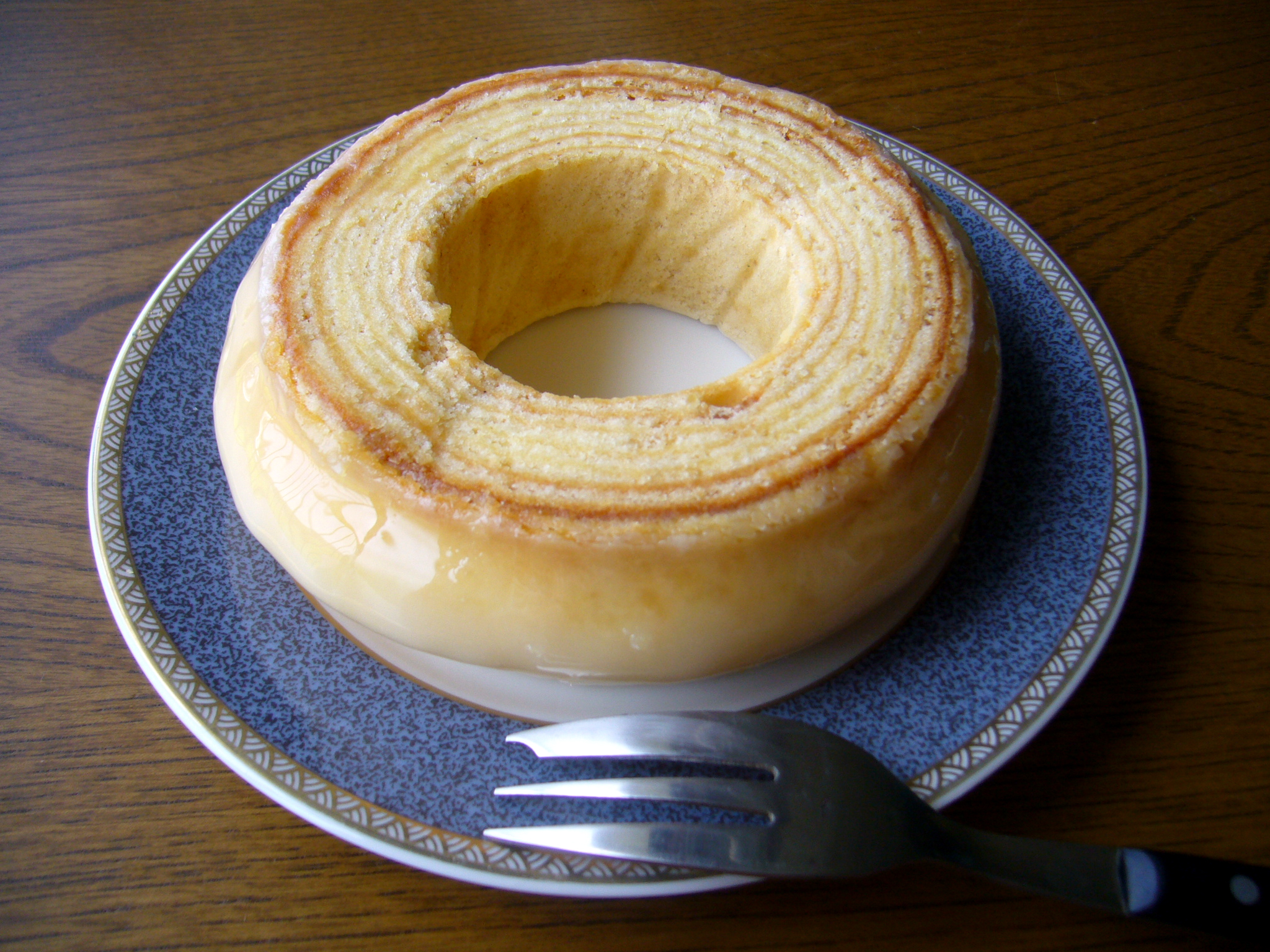When Wiley Frank and his wife Poncharee Kounpungchart (PK) opened Little Uncle, their first Thai food stand, on Capitol Hill in 2011, “authentic” was the buzzword food-media writers used to describe ethnic food. Despite objections from writers like Anthony Bourdain who question the value of the word, and the resistance of Korean-American chefs like David Chang and Roy Choi to be labeled as such, the A word persists in the era of ethnic food, even as Kevin Burzell and Alysson Wilson opened their Malaysian food stall Kedai Makan two years later in Seattle.
The pendulum had swung away from fusion, and chefs instead began to vie for food as close to the source as possible. But who or where is the source, and what is “authentic”? This rabbit hole of a word raised a more contentious question: Could a Western chef make “authentic” ethnic food?
Frank answers, “I do not see why not, especially if the food tastes delicious.” The question annoys him, and he adds, “I was trained in a lot of ethnic cuisines: French, Italian, Spanish, Japanese, Korean, or whatever. I am not genetically part of any of those cultures. In fact, I bet if you go into any French restaurant in Seattle, it will be hard to find any French people.”
Last year, Seattle sushi chef and Mashiko’s owner Hajime Sato addressed the question in an angered post on the restaurant’s blog, asking “Would you refuse service at an Irish pub if your server didn’t speak with a fanciful brogue?” Defending Mashiko’s female, Caucasian sushi chef, Sato wrote, “Should you refuse her fare based on her gender or race, you are an absolute fool.”
None of the cooks or staff at Kedai Makan are Malaysian, and of the 16 Little Uncle employees in the past few years who prepare and serve food, only two have been of Thai descent, one being co-owner PK. Both menus are shaped by the owners’ travels and experiences in Malaysia and Thailand and crafted with the experience of many years in the restaurant industry. Both upon opening knew that despite their commitment to the cuisine, they, ironically, had more to prove than any Korean-owned teriyaki spot, California-roll-touting Japanese restaurant, or Chinese place with an American menu.
“When we first opened, we had Malaysians come up and they mocked us. [They’d] come up, not even eat anything, and say, ‘You guys are phonies, you don’t know what you’re doing. We would never serve it like that,’ ” says Burzell. “We [now] have a lot of Malaysian customers that come every week or a few times a week, and then we’ll have some who come once, hate us, and never come back.”
In comparison, Panda Express—the epitome of what some might see as “inauthentic” Chinese cuisine—was founded by Andrew Cherng, based on the Chinese cooking of his father, master chef Ming-Tsai Cherng. El Pollo Loco, regarded by some as offering a diluted version of Mexican-style grilled chicken, began as a Mexican chain. Teriyaki, a fast-food mainstay in Seattle, is hardly Japanese and is rarely prepared by Japanese cooks. And even through the windows of its open kitchen in Bellevue, one can see that Taiwanese chain Din Tai Fung has both Asian and Latino cooks making its internationally lauded xiao long bao. As food lovers and immigrants come to regard cuisine as a representation of home, family, mothers, and motherland, the bar is set for Western chefs like Burzell and Frank much higher than for most.
On average, Yelpers reviewing Little Uncle and Kedai Makan have used “authentic” 10 to 15 times in every 15 reviews, both positive and negative. Some cite their lineage as a source of authority, while others refer to travel, living abroad, and family recipes. The definition—and in turn the authority to judge—remains ambiguous. Reading certain reviews from patrons more hung up on the cooks’ appearances rather than the food led Frank to quit Yelp cold turkey.
“Sometimes it seems like the general public views cooking as an innate talent—like making delicious food is magic, or a Japanese person can naturally make sushi, or a New Englander can naturally make clam chowder,” he says. “The truth is that like any profession, cooking is a skill that takes years of repetition and hard work to hone. Honing that skill makes it easier to approach other cuisines.”
In lieu of “authenticity,” Frank and Burzell cite similar goals for their menu: to offer dishes they enjoy eating, that fit into the restaurant’s format, and that can be produced efficiently in their kitchens.
“For a lot of people, authenticity comes with Mom’s cooking, Grandma’s cooking, and a lot of people think that that’s the only way it is. And that’s a high standard that no food vendor could ever live up to,” says Burzell. “We don’t say we’ll cater to this group or that group. We kind of just cater to us. We’ll make dishes we feel like we’re 100 percent happy with. Sales will dictate over time. If something is too foreign or spicy, it’ll either phase itself out or it’ll sell phenomenally. We’ve seen both—where something really authentic will sell great or horribly.”
As at Little Uncle and Kedai Makan,
which started as pop-ups, Aaron Strauss takes a similar approach at his Hummus Pop-Up, ditching the usual formula of a hummusia (a restaurant featuring hummus, handmade pitas with small plates of traditional toppings, and salads) and crafting the menu to suit his tastes using local produce.
“My concept was that the toppings and dips would be authentic, but the salads would be more Northwest,” he says. “I added more bulgar to the tabbouleh, because it is what I think people here would be more used to and how I prefer to have it.”
Strauss attended Jewish school in his youth, but gained a greater understanding of the cuisine after studying in Haifa, Israel, while attending the UW. There he talked with store owners, visited markets, and ate at many restaurants, including one called Abu Shaker, which inspired his pop-up that pays homage to hummusias. “So much of [Middle Eastern] culture is about hospitality, and so much of that is communicated through food,” he says. “It’s about maintaining the integrity of the culture, using a lot of traditional ingredients but also interpreting it towards my taste and towards what we have available.”
Strauss, currently planning his second pop-up, intends to return to Israel in September. He hopes to reach out to Israeli and other communities through the help of some friends, but admits that earning the respect and patronage of ethnic communities may be a challenge. “So much of it is that nationality and ethnicity is so important in that part of the world. So many people would take issue with making this food, but for me, I want to pay homage to it, but change it a little bit to make it my own and make it good for the market.
“Thinking about it, I really want to transcend politics and regions,” he adds. “It is such a sensitive issue that if I said it was an Israeli restaurant, some people would be immediately turned off. It seems like food is a pretty easy way to transcend borders.” At Strauss’ inaugural pop-up at Brimmer & Heeltap this month, his menu offered a pickle jar inspired by the pickle bar found at falafel stands; an Egyptian-style fūl reminiscent of the few days he spent in Cairo; housemade pita made from locally grown chickpeas, favas, and flour; and Northwest salads using locally farmed produce.
“Part of the fun in cooking to me is not being held back by restrictions . . . Because I didn’t grow up eating [wonton mee] or my grandma doesn’t make [it] a certain way, I can take every wonton mee I’ve ever had and make it how I want it. I think that gives us an edge,” says Burzell.
He notes that even his favorite curry mee stall in Penang, Malaysia, has its naysayers, with some blogs stating that the soup is made differently from the traditional Penang style. Burzell has researched many of these blogs, articles, and cookbooks, which turn up various ways to make a single dish, but he asserts that embracing these differences is itself authentic. “Nobody cares that it has to be one way. It’s silly for anybody ever to say, ‘The roti canai is only done like this, Penang laksa is only like this.’ Every vendor is different. It’s those differences that make it unique and make one vendor OK, one horrible, and one exceptional.”
The unending variants means there’s more for Burzell and Wilson to learn: many more trips to Malaysia, more dishes to try in their small space, and more research to accompany those dishes. Dishes at Little Uncle also continue to evolve, including a khao mun gai now served with a sprinkling of crispy fried chicken skin, a non-traditional garnish. Frank credits their cook Rose (Caucasian, if you must know), who sought a creative way to use the skins left over from preparing the dish. Who’s to say no vendor in Thailand has done the same? E
nsprinkle@seattleweekly.com







